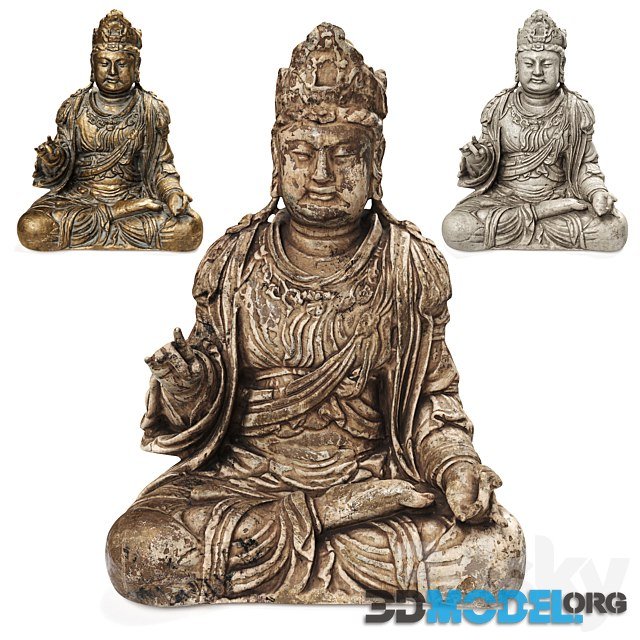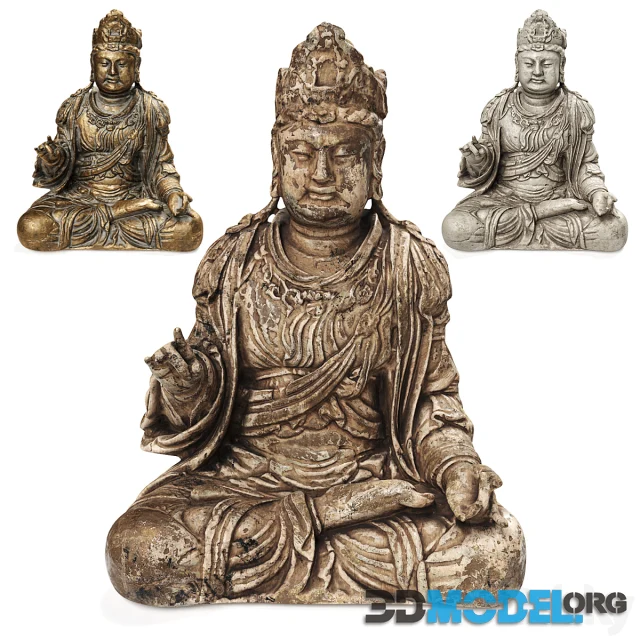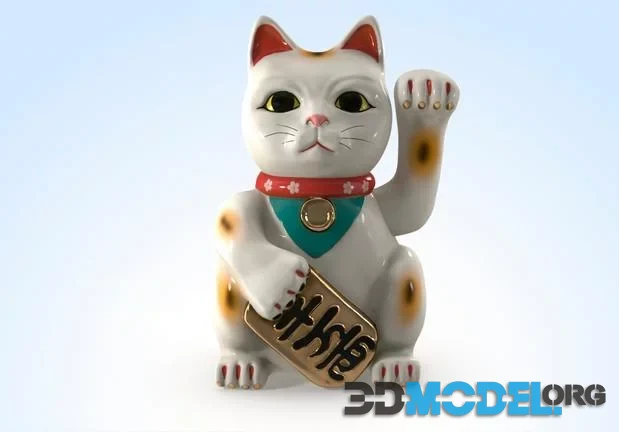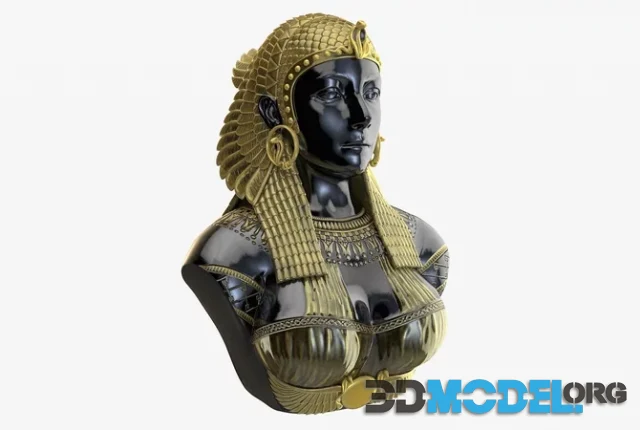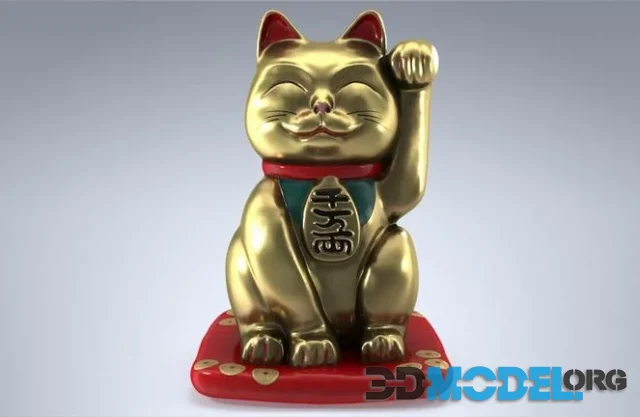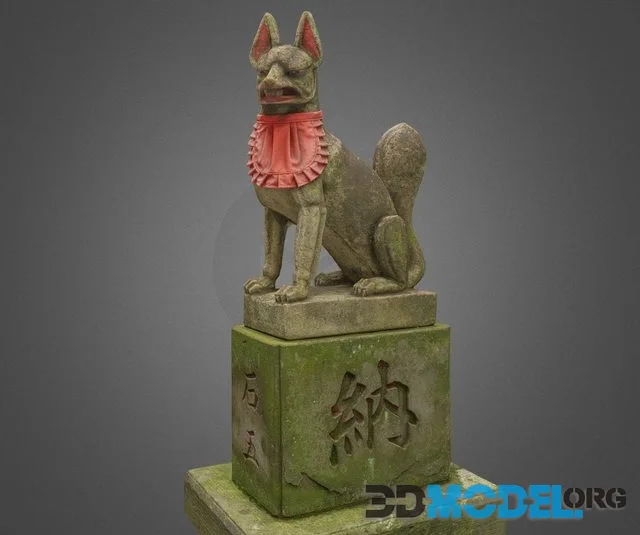Jizo Bosatsu (Ksitigarbha) 2 (PBR)
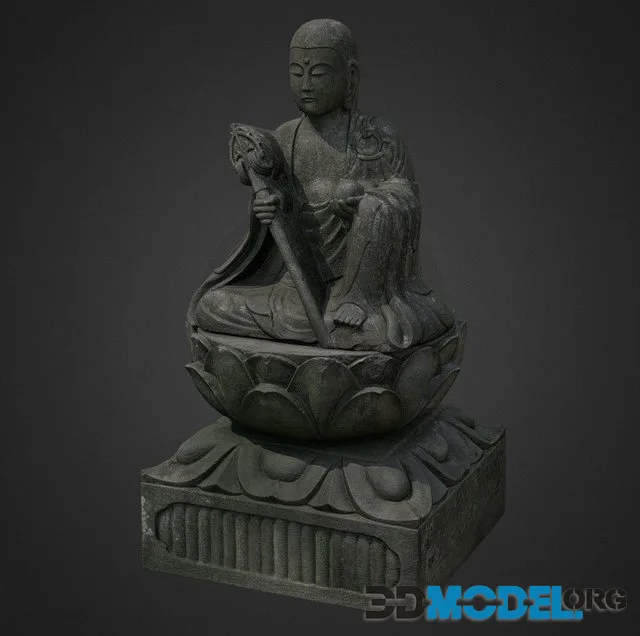
Jizo Bosatsu, also known as Ksitigarbha in Sanskrit, is a revered Bodhisattva in Japanese Buddhism. He is widely recognized for his compassionate nature and is often depicted as a protector of children, travelers, and the souls of the deceased. Jizo's role is central to the spiritual practices surrounding death, the afterlife, and care for the vulnerable.
Symbolism of Jizo Bosatsu
Jizo is a symbol of great compassion and benevolence, embodying the vow to help all sentient beings, especially those who are suffering in the realms of death or in dire circumstances. In Japanese Buddhism, Jizo is often invoked in prayers and rituals for children, those who have passed away, and even for travelers seeking protection. He is also known as a guardian of the earth, with his compassionate actions extending to helping beings in the hell realms, guiding them out of suffering.
Jizo is typically depicted as a monk wearing traditional robes, with a staff (shakujo) to ward off evil spirits and guide souls, and a wish-fulfilling jewel (cintamani) in his hand or atop his staff, symbolizing his power to bring about the well-being of all. His serene expression and calm demeanor represent his infinite compassion and his role in helping all beings find peace.
Physical Appearance of Jizo Bosatsu
The figure of Jizo Bosatsu is usually seen in a seated or standing pose. He often has a small, childlike appearance in his depictions, reflecting his close connection to children and his role as a protector of their souls. The staff he holds is symbolic of his ability to help souls in the underworld, while the beads he wears are representations of spiritual power and the path to enlightenment. Jizo’s expression is often gentle, emanating calmness and serenity, reflecting his compassionate and non-judgmental nature.
His depictions are often seen in Buddhist temples and wayside statues in Japan, where people pray for the safety and protection of children, the sick, and those lost on their spiritual journey. The statue might be adorned with clothing, such as red bibs or hats, symbolizing devotion and respect, especially when it is seen as a statue dedicated to children or the deceased.
The 3D model of Jizo Bosatsu (Ksitigarbha) would carefully reflect the gentle, compassionate spirit of the Bodhisattva. The figure would feature detailed textures to capture the essence of traditional robes, with flowing folds and ornamental elements such as the wish-fulfilling jewel and staff. The facial expression would be one of calm serenity, with finely crafted details around the eyes and lips to express his benevolent nature. The staff and beads would be intricately designed to emphasize their spiritual significance, while the overall posture would convey both strength and compassionate grace.
File type: OBJ
Ctrl
Enter
Noticed a misTake
Highlight text and press Ctrl+EnterRelated news:
Comments (0)

